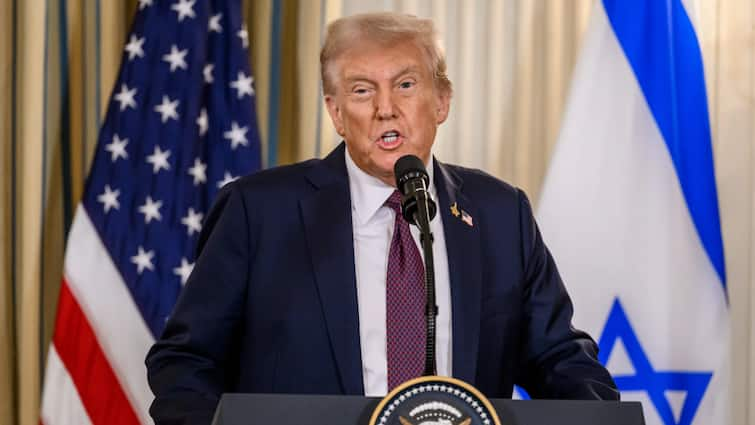The United States government has officially shut down after Democrats blocked a Republican stopgap funding bill, setting the stage for a political standoff with no clear resolution in sight. The deadline passed at midnight, cutting off federal funding and leaving both lawmakers and citizens uncertain about what lies ahead.
This marks the first shutdown in more than six years, reviving memories of the 2018–2019 closure under Donald Trump’s presidency. That impasse stretched on for five weeks, spilling over New Year’s Day, and became the longest in US history.
The consequences of this shutdown could be severe. Hundreds of thousands of federal employees now face the possibility of missed paychecks. Essential workers, including members of the military, border patrol agents, and air traffic controllers will remain on duty but without pay until the government reopens. Non-essential staff, meanwhile, will be sent home on unpaid furloughs. According to the nonpartisan Congressional Budget Office, as many as 750,000 employees could be affected.
President Trump has escalated tensions by suggesting his administration may permanently dismiss “a lot” of federal workers during the closure, although historically, furloughed employees have received back pay once funding is restored.
What Will Continue to Operate?
Even in a shutdown, certain core functions continue by law. Agencies must furlough “non-excepted” workers but keep “excepted” employees in roles critical to protecting life and property. This means hospitals, border security, law enforcement, and air traffic control will keep running, though without immediate pay for the workers involved.
Social Security and Medicare benefits are expected to continue, but some services such as benefit verification or card issuance could stall. NASA missions, parts of Trump’s immigration enforcement agenda, and limited food safety operations at the FDA and USDA will also remain active.
What Could Grind to a Halt
The disruption is likely to be most visible in everyday services. National parks could close their gates, federally funded food programmes may pause, and inspections on food and consumer products could be scaled back. Student loan processing, immigration hearings, and operations at government-run preschools are also likely to be hit. If the deadlock drags on, travellers may see delays as unpaid workers begin skipping shifts.
The Economic Fallout
While the wider US economy might not feel the shock immediately, economists warn that a prolonged shutdown could dent growth, shake investor confidence, and unsettle markets. Analysts estimate each week of closure could trim 0.1 to 0.2 percentage points off GDP growth.
The BBC has reported that this shutdown could prove larger in scale than the 2018 standoff, when Congress had managed to pass partial funding bills that kept parts of the government running. This time, the stakes are higher — and the uncertainty sharper.



